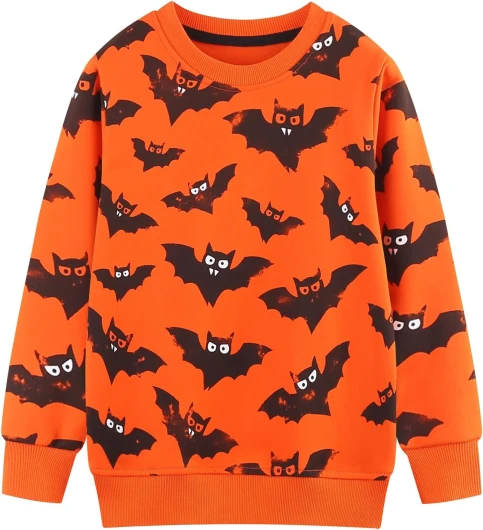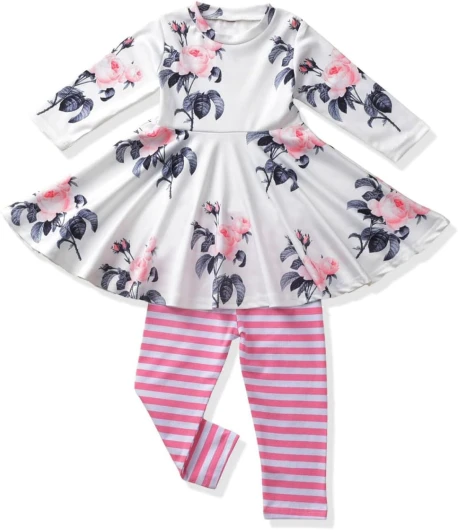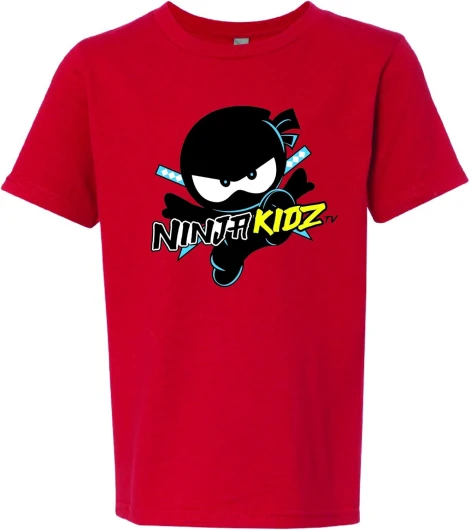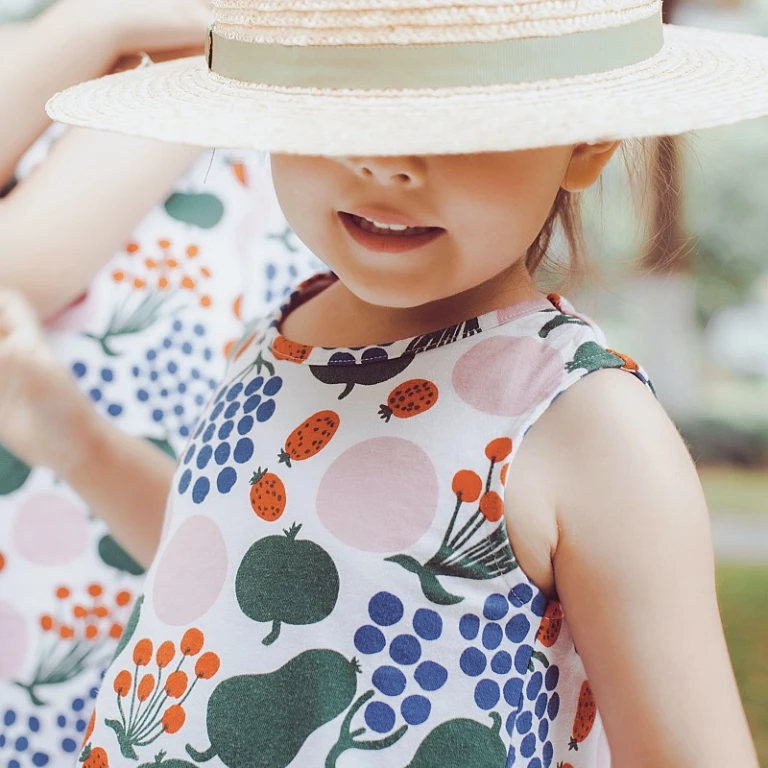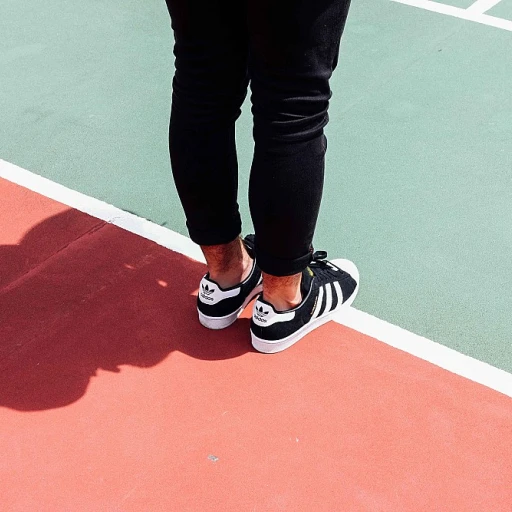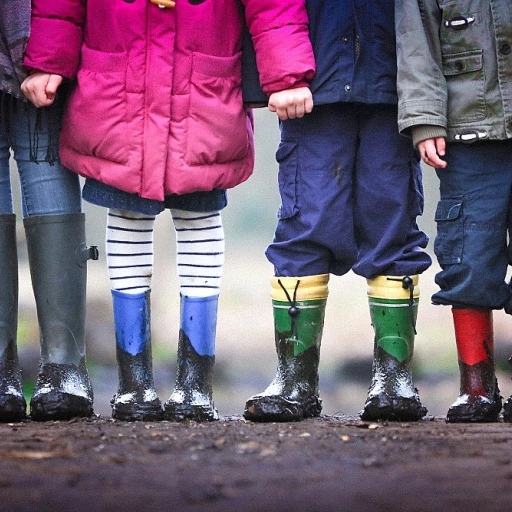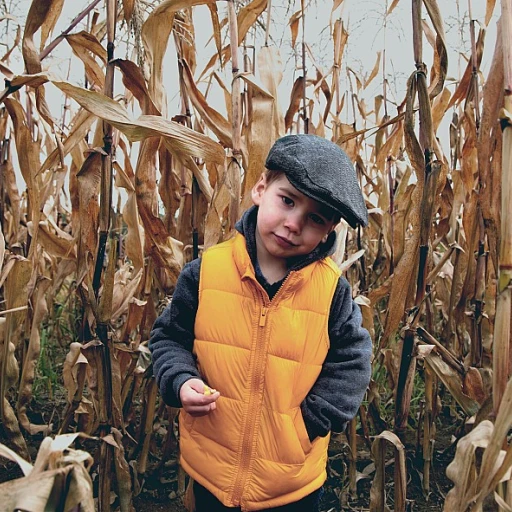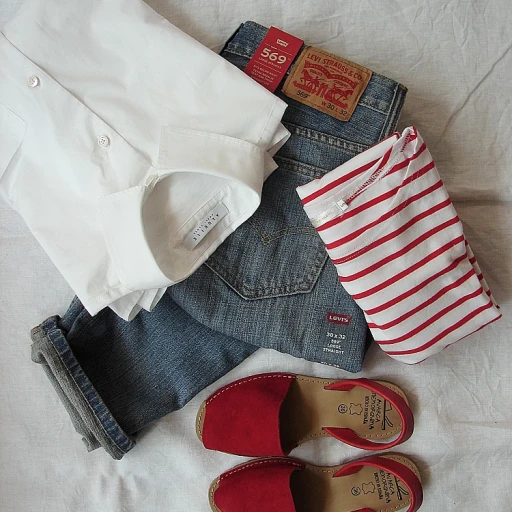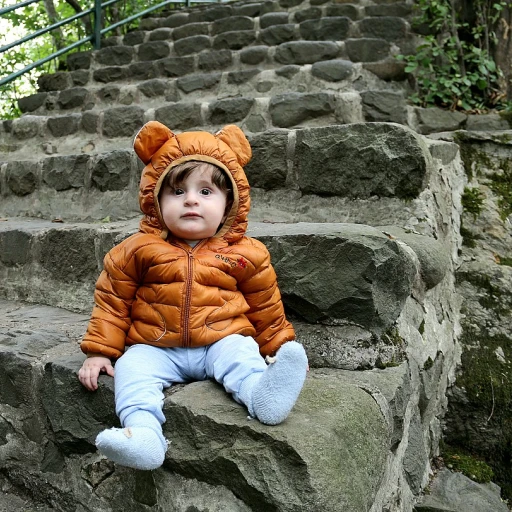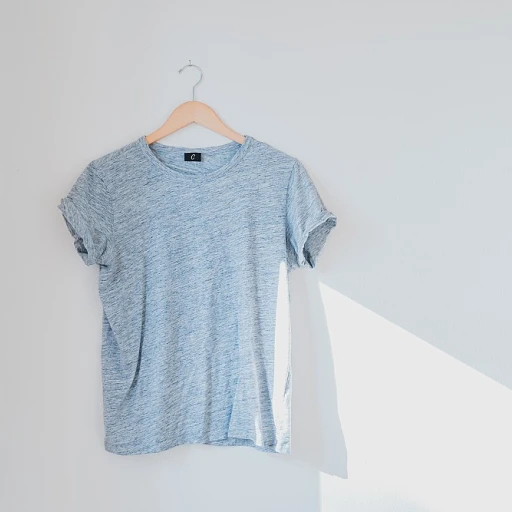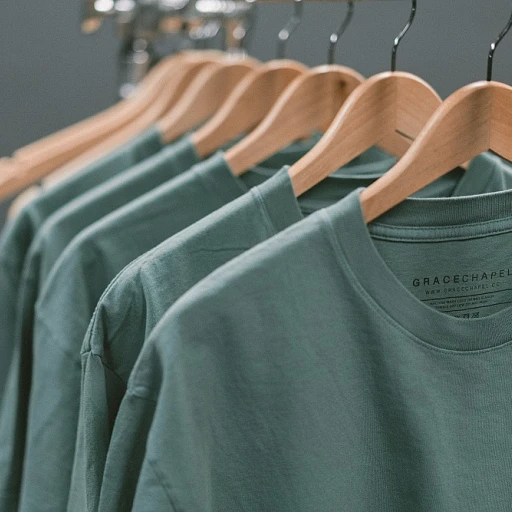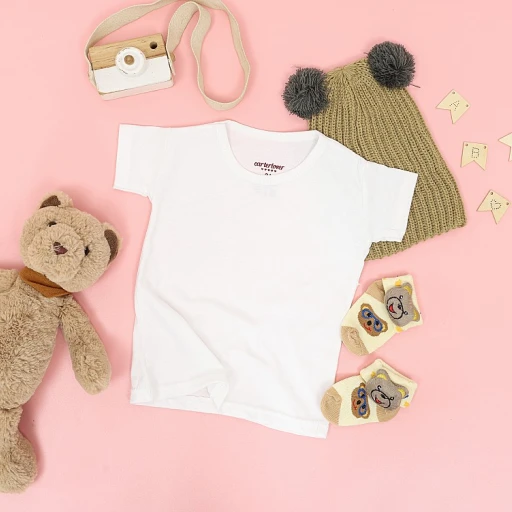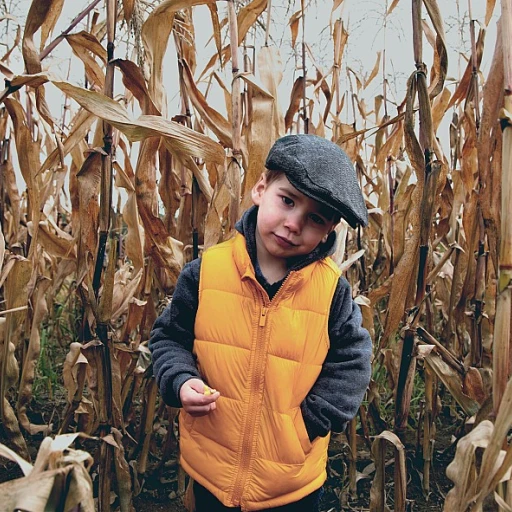
The Renaissance of Craftsmanship in Kids' Fashion
Witnessing the Revival of Artisan Techniques in Children's Clothing
The recent surge in artisan kids' fashion has marked a remarkable resurgence in the industry. This movement has brought traditional craftsmanship back to the forefront, creating a unique space for children's wear. According to a report by Market Research Future, the global kids' fashion market is expected to grow by 8.76% CAGR from 2020 to 2028, spotlighting the increasing demand for quality and heritage in youngsters' apparel. In an era where fast fashion once dominated, the shifting preferences of parents towards sustainable and handcrafted garments are noteworthy, making it crucial for fashion design catered to children to adapt and thrive.
Handmade with Love: The Growth of Artisan Children's Apparel
Hand-knitted sweaters, hand-stitched dresses, and hand-finished accessories – these are not merely products but stories woven into fabric. According to Etsy's 2021 Trend Report, there's been a 115% increase in searches for 'handmade kids' clothes' on their platform. These numbers signify a growing recognition for gallery-worthy garbs in miniature sizes. When fashion serves not just as attire but as a canvas of expression, it resonates with the consumer's desire for authenticity and originality in their children's wardrobes.
Balancing Tradition with Modern Demands
In embracing the artisanal trend in kids' fashion, brands are meticulously integrating age-old techniques with contemporary aesthetics. A Mintel report on Global Consumer Trends for 2022 indicates a 60% inclination towards businesses that showcase craftsmanship. Such a blend ensures that the products are not only emotionally appealing but also fit the dynamic lifestyle of modern families. The result is a product range that is both timeless and timely, offering children chic and comfortable options that tell a historic tale.
It's not just about looking back; it's also about moving forward by nurturing a bond between the maker and the wearer. Artisanal clothing for children is swiftly becoming a vessel to impart values such as patience, appreciation, and recognition of skill – a contrast to the disposable culture of the past. As we forge this new path, we are simultaneously crafting garments and eco-conscious narratives that the younger generation can embrace and carry into the future.
Sustainability Meets Style: The Value of Artisanal Children's Clothing
Embracing Eco-Friendly Elegance in Kids' Boutique Wear
When it comes to children's fashion, sustainability is no longer a fringe trend but a core component of contemporary style. The latest reports show that sustainable kids' clothing is not just about being eco-friendly; it's also about enduring quality and timeless designs. Artisanal children's clothing brings a unique value proposition to the table – each garment intertwines ethical production methods with aesthetics. As the market for green kids' wear surges, with an anticipated growth of 8.6% CAGR from 2020 to 2027 according to Grand View Research, parents are increasingly choosing sustainability and style in one package.
Tangible Benefits of Timeless Artisanal Garments
- Reduced environmental impact
- Non-toxic materials
- Longevity and durability
- Support for local artisans and crafters
Experts underscore the fact that artisanal clothing offers tangible benefits, from a reduction in the carbon footprint due to smaller scale production to the utilization of non-toxic dyes and materials considered safe for children's sensitive skin. What's more, these garments are built to last, providing a stark contrast to the disposable nature of fast fashion. According to a study by ThredUp, buying high-quality, secondhand kids' clothing can save up to 82% in carbon footprints compared to conventional apparel. Thus, opting for artisanal pieces can make a significant difference.
Nurturing Future Fashionistas with a Conscious Wardrobe
"Dressing with a conscience" continues to be a powerful narrative as millennial parents teach their children about the importance of sustainability. A survey from the Business of Fashion revealed that 66% of global millennials are willing to spend more on brands that are sustainable. Artisanal kidswear aligns perfectly with this mindset, providing an opportunity for parents to instill values of eco-consciousness and responsible consumerism through their children's closets. By choosing handcrafted clothing, families can support small businesses and bring a sense of responsibility to the forefront of their fashion choices.
As the renaissance of craftsmanship continues to shape kids' fashion, understanding the interplay between sustainability and style becomes crucial for any fashion kid passionate. Remember that each choice made in the children's wardrobe can serve as a stand against an industry plagued by waste and a move towards a more future-focused and sustainable fashion landscape.
The Economic Impact of Choosing Artisan: A Closer Look at Consumer Spending
The Fiscal Footprint of Artisanal Fashion Choices
In examining the economic implications of artisanal kids' fashion, we uncover an intriguing pattern in consumer behavior. A recent report from the Children's Wear Market Analysis has shown that parents are increasingly drawn to high-quality, artisan-made items. The data reflects a steady 7% increase in spending on handcrafted children's clothing over the past five years. This statistic speaks volumes about the evolving market; it highlights a consumer base that values the longevity and ethical production associated with artisanal fashion over mass-produced alternatives.
Investing in Artisan Equals Investing in Community
When parents choose to purchase artisan-crafted children's apparel, they're not just buying a garment; they're contributing to a local economy and supporting independent creators. An enlightening study by the Global Artisan Economy showcased that for every $100 spent on local, handcrafted goods, an impressive $68 remains in the community, compared to only $43 when buying from mainstream retailers. By putting their money where their values lie, fashion-forward families are playing a pivotal role in bolstering artisans and the unique skills they offer.
Cost Versus Value in Kids' Boutique Fashion
Price tags in the artisanal sector may initially appear higher than those found in conventional kids' fashion outlets. However, a deeper dive into cost-analysis reveals a more nuanced story. A survey by the Sustainable Fashion Forum suggests that the lifetime value of an artisanal garment far exceeds its upfront cost. With durable materials and timeless designs, these pieces offer longevity that mass-market clothing can't match. In essence, consumers are making a long-term investment that promotes less frequent purchasing, ultimately saving money and reducing waste in the wardrobe over time.
Artisan Craftsmanship: An Economic Driver
Beyond direct consumer spending, the ripple effect of supporting kids' boutique fashion artisans generates profound economic benefits. Artisan networks contribute to job creation, with the Craft Council Statistic Bulletin indicating an 8% growth in employment within the sector last year. This employment is not just numbers; it's about preserving intricate craftsmanship techniques and promoting ethical manufacturing that respects workers' rights and well-being.
Educating through Economic Choices
As the narrative of kids' fashion intertwines with economic education, parents and children alike are learning the value of their purchases. Through conscious buying, families start conversations about the importance of sustainable living and the impact of their economic choices. This movement is nurturing an informed generation, poised to continue making responsible decisions that favor quality and craftsmanship over fast fashion. Ultimately, as the demand for artisanal kids' clothing grows, so does the incentive for brands to invest in sustainable practices that can further influence the economic landscape.
Crafting a Personal Connection: The Story Behind Each Stitch
The Narrative Thread in Artisan Children's Wear
As we weave through the rich tapestry of kids' boutique fashion, a significant trend emerges: a garment is no longer just a garment, but a tale of its maker's passion and skill. According to a report by the Craft Council, the desire for handcrafted items is seeing a rise, with consumers increasingly interested in the origin stories of their purchases. This resurgence of craftsmanship introduces a new narrative into children’s clothing—one where every stitch speaks of heritage, dedication, and artistry.
Connecting Through Craft: Labels That Tell Tales
Fashion-forward parents are choosing brands that offer not just attire but a personal story that aligns with their values. A survey by Nielsen revealed that 73% of Millennial consumers are willing to spend more on a product if it comes from a sustainable or socially conscious brand. Artisanal kids' fashion encapsulates this ethos beautifully, with labels often providing detailed backgrounds on the artisans who crafted the garments, the techniques used, and the cultural significance behind the designs. This transparency forges a powerful bond between buyer and maker, elevating a simple article of clothing to a conversation piece and a learning tool for children about the wider world.
Embracing Handmade Heritage in Every Ensemble
Moreover, the children’s fashion landscape is dotted with examples of brands championing artisanal techniques. Take for instance, a hand-knit sweater, each loop carrying the signature tension of the knitter's hand, or a hand-embroidered dress that showcases centuries-old embroidery techniques. In a fast-paced world, these artisanal pieces slow down the tempo, inviting us to appreciate the richness of traditional crafts. They are physical manifestations of culture, serving as tactile storybooks for the children who wear them. Brands are increasingly leveraging this, with 65% of fashion retailers planning to increase the range of artisan products according to Fashion United's recent survey.
Cultivating a Community of Conscious Consumers Through Stories
Finally, the artisanal narrative in children's wear is more than just a marketing strategy—it's a conscientious choice. It aids in cultivating a community of consumers who are informed, empathetic, and conscious of their impact on the world. By buying into the stories behind their children's clothing, parents are contributing to a culture that values the human touch in an increasingly digital and automated world. This aspect of storytelling in fashion becomes a dialogue that is increasingly prized, with 80% of consumers expressing a preference for brands that engage them in a story, as per a study by the National Retail Federation.
From Hand to Land: Educating the Next Generation Through Fashion
Inspiring Eco-Consciousness Through Artisan Fashion
In the world of children's boutique fashion, educating the young minds about the impact of their clothing choices is gaining momentum. As highlighted in discussions on the revival of craftsmanship and sustainable chic, artisan fashion often carries an innate educational value. Statistics show that more than 60% of consumers are interested in the sustainability story behind their purchases. This interest extends to the narratives we share with our children regarding their attire. By choosing handcrafted garments, parents have a unique opportunity to instill values of environmental stewardship and ethical consumption from an early age.
Connecting Kids to Heritage and Environment
- Understanding Material Sources: By learning about the natural fibers and dyes used in artisanal clothing, kids develop an appreciation for the resources our planet provides.
- Appreciating Cultural Narratives: Artisan fashion is rich with cultural heritage, offering lessons in history and diversity through every pattern and weave.
- Encouraging Creative Expression: When children wear handcrafted items, they are encouraged to express their individuality and creative spirit.
The act of choosing artisan pieces becomes a foundation for conversation about where and how clothing is made. According to fashion industry reports, children's fashion is a growing market, with an expected compound annual growth rate (CAGR) of over 8% in the coming years. This growth signifies an ongoing opportunity to shape the perspectives of the next generation.
Cultivating Future Fashion Innovators
When children become aware of the hands-on process involved in creating artisan clothing, they gain insights into the discipline and creativity that fuel fashion innovation. Interviews with leading designers often reveal how experiences with meaningful attire in childhood spurred their passion for fashion. By mingling threads of responsibility with the art of garment-making, we empower children to become the conscientious designers of tomorrow. A quote from an industry pioneer, 'Every stitch contains a lesson in design and responsibility,' encapsulates this potential.
As an expert in kids' fashion, it is clear that the tide is turning towards a future where the fashion industry and its youngest consumers are more connected to the land and the hands that work it. This movement, powered by artisanal values and supported by diligent consumer spending, paves the way for a generation that values quality, sustainability, and education in their wardrobe choices. Engaging with artisan fashion becomes not just a style statement, but a step towards a greener, more thoughtful world.

